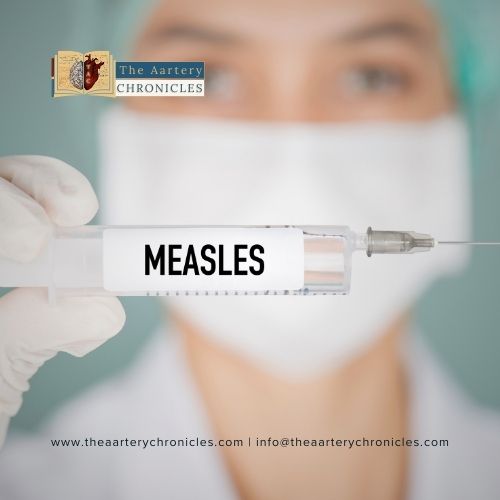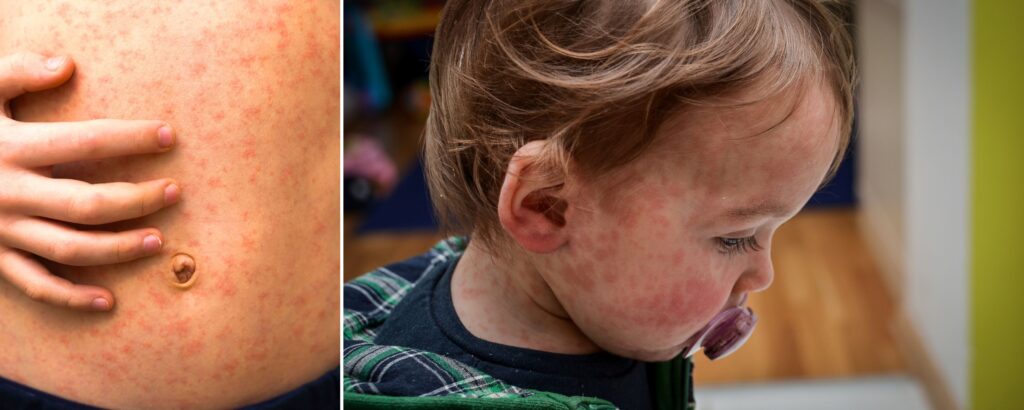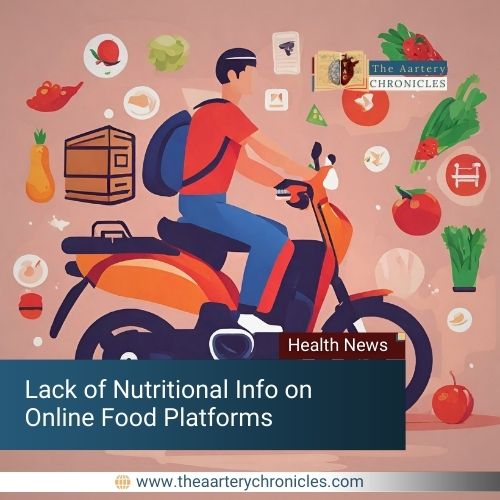

India Grapples with the Measles Outbreak: A Call to Action for Immunization
Learn about India’s ongoing measles outbreak and why immunization is critical to combat this public health crisis. Take action today!
Measles, once on the brink of elimination in many parts of the world, has made a troubling resurgence in recent years, sparking a global health crisis. Despite the availability of safe and effective vaccines, measles outbreaks have become increasingly common, posing a serious threat to public health and underscoring the urgent need for comprehensive immunization strategies.
In this article, we will explore the global resurgence of measles, examining the diverse factors fueling its outbreak and the strategies to address the recent global outbreak of measles.
The Global Resurgence of Measles
Measles, a highly contagious airborne viral disease, can spread rapidly among unvaccinated populations, leading to widespread outbreaks. While significant progress has been made in reducing measles-related deaths through vaccination efforts, the World Health Organization (WHO) reports a disturbing surge in measles cases globally across various continents, including Europe, Africa, the Americas, and Asia.
As of the beginning of February 2024, India has been struggling with a substantial measles outbreak, ranking fourth among the leading nations affected by this outbreak. The country reported 12,301 cases between July and December 2023. [1]
Key Takeaways About the Measles Outbreak
- Measles is highly contagious, with approximately 9 out of 10 individuals who lack immunity being susceptible to infection upon exposure to the measles virus.
- The outbreak is attributed to a decline in immunization rates and an increase in rates of international travel.
- Between 2020 and 2022, more than 61 million doses of measles-containing vaccine were delayed or missed owing to COVID-19-related interruptions in supplementary immunization activities, thereby increasing the risk of larger outbreaks worldwide.
- Although it can affect people of all ages, it predominantly affects children, particularly under the age of five.
- The Centers for Disease Control and Prevention (CDC) reported approximately 136,000 deaths due to measles in 2022, predominantly affecting children. [1, 2]
Factors Contributing to the Outbreak
The CDC stated that the COVID-19 pandemic is a significant contributing factor to the increased risk of measles outbreaks globally. A multitude of factors, such as pandemic-induced disruptions, rising disparities in vaccine access, and the reallocation of resources from routine immunization, have collectively increased the susceptibility of numerous children to measles and other preventable illnesses.
Another contributing factor to the outbreak is the highly transmissible nature of the measles virus, which belongs to the Paramyxoviridae family. Measles-infected individuals have the capacity to spread the virus to nine to 18 other people, making measles more contagious than COVID-19. [3]
Impact of COVID- 19 on the Measles Outbreak
The COVID-19 pandemic has had a significant impact on measles outbreaks worldwide. Several factors that have contributed to this impact include:
- Disruption of vaccination programs: COVID-19-related lockdowns, restrictions, and disruptions to healthcare services have led to the postponement or cancellation of measles vaccination campaigns and routine immunization programs. This has resulted in decreased vaccine coverage and left many individuals susceptible to measles infection. In the previous year, a report jointly released by the WHO and CDC revealed that approximately 11 lakh children in India did not receive their initial dose of the measles vaccine in 2022. [4]
- Decreased healthcare access: COVID-19 overwhelmed healthcare systems globally, diverting resources away from routine immunization services and measles outbreak response efforts. Limited access to healthcare facilities and fear of contracting COVID-19 deterred individuals from seeking vaccination or healthcare services, further exacerbating the situation. In 2020, the number of children who did not receive any basic childhood vaccines reached 23 million, marking the highest figure since 2009. [3]
3. Reduced surveillance and reporting: COVID-19-related disruptions have hindered measles surveillance activities, making it challenging to detect and monitor outbreaks effectively.
4. Impact of travel restrictions: As travel restrictions ease post COVID, there is a risk of importing measles cases from countries experiencing outbreaks, leading to localised outbreaks in previously unaffected areas.
5. Vaccine hesitancy: The COVID-19 pandemic has fuelled misinformation and hesitancy towards vaccines, including the measles vaccine. This has led to a decline in vaccine acceptance and uptake, further increasing the risk of measles outbreaks. [3, 5, 6]
Symptoms of Measles

The typical onset of measles symptoms occurs approximately 10 to 14 days following exposure to the virus, with a notable rash being the most prominent sign.
Initial symptoms typically persist for about 4 to 7 days and include:
- Runny nose
- Cough
- Red, watery eyes
- Small white spots inside the cheeks
The rash typically emerges around 7 to 18 days following exposure to the virus, commonly appearing on the face and upper neck initially. Over the course of approximately 3 days, it gradually extends to the hands and feet. Generally, the rash persists for about 5 to 6 days before diminishing.
The majority of fatalities associated with measles result from complications stemming from the disease. Complications may involve:
- Vision impairment or blindness
- Encephalitis (an infection that causes brain swelling and potential brain damage)
- Severe diarrhoea and subsequent dehydration
- Ear infections
- Respiratory issues, such as pneumonia, which can be severe
Complications are predominantly seen in children below 5 years old and adults aged 30 and above. Malnourished children, particularly those deficient in vitamin A, and individuals with weakened immune systems due to HIV or other diseases are at higher risk of experiencing complications. [5]
Addressing the Crisis: Strategies for Control and Prevention
To address the global measles outbreak and prevent future outbreaks, concerted efforts are needed at local, national, and international levels. Efforts to control and prevent measles outbreaks require a multifaceted approach, such as:
- Enhancing vaccine coverage: Strengthening routine immunization programs to achieve high vaccination coverage rates, ensuring that all individuals receive the measles vaccine according to the recommended schedule.
- Combating vaccine hesitancy: Addressing misinformation and building trust in vaccines through effective communication, education campaigns, and community engagement initiatives.
- Improving surveillance and response: Enhancing surveillance systems to detect measles cases promptly and implementing rapid response measures to contain outbreaks, including contact tracing, isolation, and vaccination campaigns in affected areas.
- Ensuring access to healthcare services: Strengthening healthcare systems to ensure access to essential healthcare services, including vaccination, particularly in underserved and marginalised communities. [3, 5, 6]
Conclusion
The resurgence of measles outbreaks globally underscores the importance of maintaining high vaccination coverage and strengthening healthcare systems to prevent and control infectious diseases. Efforts to address vaccine hesitancy and improve access to vaccines are crucial to mitigating the impact of measles outbreaks and protecting public health.
- Global Measles Outbreaks (cdc.gov)
- Progress Toward Measles Elimination — Worldwide, 2000–2022 (cdc.gov)
- Measles cases are spiking globally | UNICEF
- WHO/UNICEF Immunization Coverage Estimates - 2022 revision
- Measles (who.int)
- Measles cases in Europe and Central Asia skyrocket by 3000 per cent this year compared to last (unicef.org)
- Nearly 40 million children are dangerously susceptible to growing measles threat (who.int)

Author: Dr. Anjali Singh
- Medicine and Diseases
- Nutrition and Diet
















